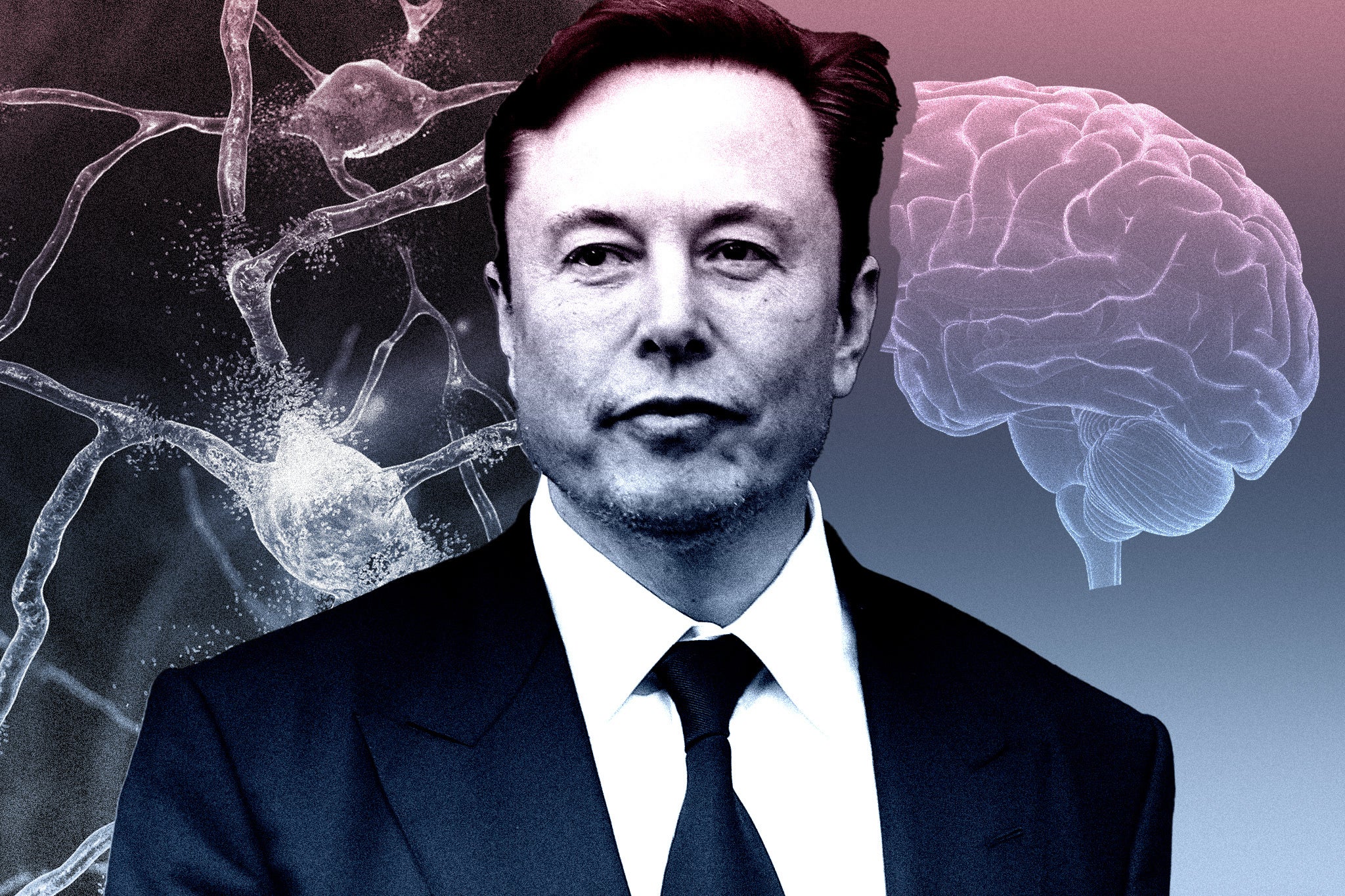Elon Musk wants to implant millions of people with Neuralink brain chips
Billionaire’s comments come after neurotech startup unveils new capabilities of its brain-computer interface
Your support helps us to tell the story
From reproductive rights to climate change to Big Tech, The Independent is on the ground when the story is developing. Whether it's investigating the financials of Elon Musk's pro-Trump PAC or producing our latest documentary, 'The A Word', which shines a light on the American women fighting for reproductive rights, we know how important it is to parse out the facts from the messaging.
At such a critical moment in US history, we need reporters on the ground. Your donation allows us to keep sending journalists to speak to both sides of the story.
The Independent is trusted by Americans across the entire political spectrum. And unlike many other quality news outlets, we choose not to lock Americans out of our reporting and analysis with paywalls. We believe quality journalism should be available to everyone, paid for by those who can afford it.
Your support makes all the difference.Elon Musk hopes to implant millions of Neuralink chips into people’s brains over the next decade, the tech billionaire has said.
The Neuralink chief executive announced his plans following an update from the neurotech startup that revealed new capabilities of its brain-computer interface.
According to the firm, the second patient to be fitted with the device was able to use it to play first-person shooter games and design three-dimensional objects.

“If all goes well, there will be hundreds of people with Neuralinks within a few years, maybe tens of thousands within five years, millions within 10 years,” Mr Musk wrote on X in response to Neuralink’s blog post.
Neuralink said that the latest participant in its first ever human study of the technology was able to perform new tasks using their thoughts, such as designing 3D objects using computer-aided design (CAD) software.
The participant was able to design and print a custom mount for his Neuralink charger using the brain-computer interface, a process that was impossible with the assistive technologies he had previously used.
He was also able to play a first-person video game that typically requires two separate joysticks to control the character.
“Just running around is enjoyable because I can look side to side,” he said. “I can [think about where to] look and it goes where I want it to. It’s insane.”
The Prime study has focussed on people with quadriplegia, though Mr Musk claims the technology will one day allow humans to merge with artificial intelligence in order to augment brain and body performance.
Potential applications include streaming music directly to the brain and improving eyesight to view new parts of the light spectrum, according to Mr Musk, however some neuroscientists claim such capabilities are decades away and come with risks of hacking and cyber attacks.
Neuralink said it now plans to add improved functionality to the brain implants used in the human trials, developing new algorithms that can recognise handwriting intent in order to enable faster text entry.
“These capabilities would not only help restore digital autonomy for those who are unable to use their limbs, but also restore the ability to communicate for those who are unable to speak, such as people with neurological conditions like amyotrophic lateral sclerosis (ALS),” Neuralink’s latest progress update concluded.
“Additionally, we plan to enable the Link to interact with the physical world, allowing users to feed themselves and move more independently by controlling a robotic arm or their wheelchair.”
Join our commenting forum
Join thought-provoking conversations, follow other Independent readers and see their replies
Comments